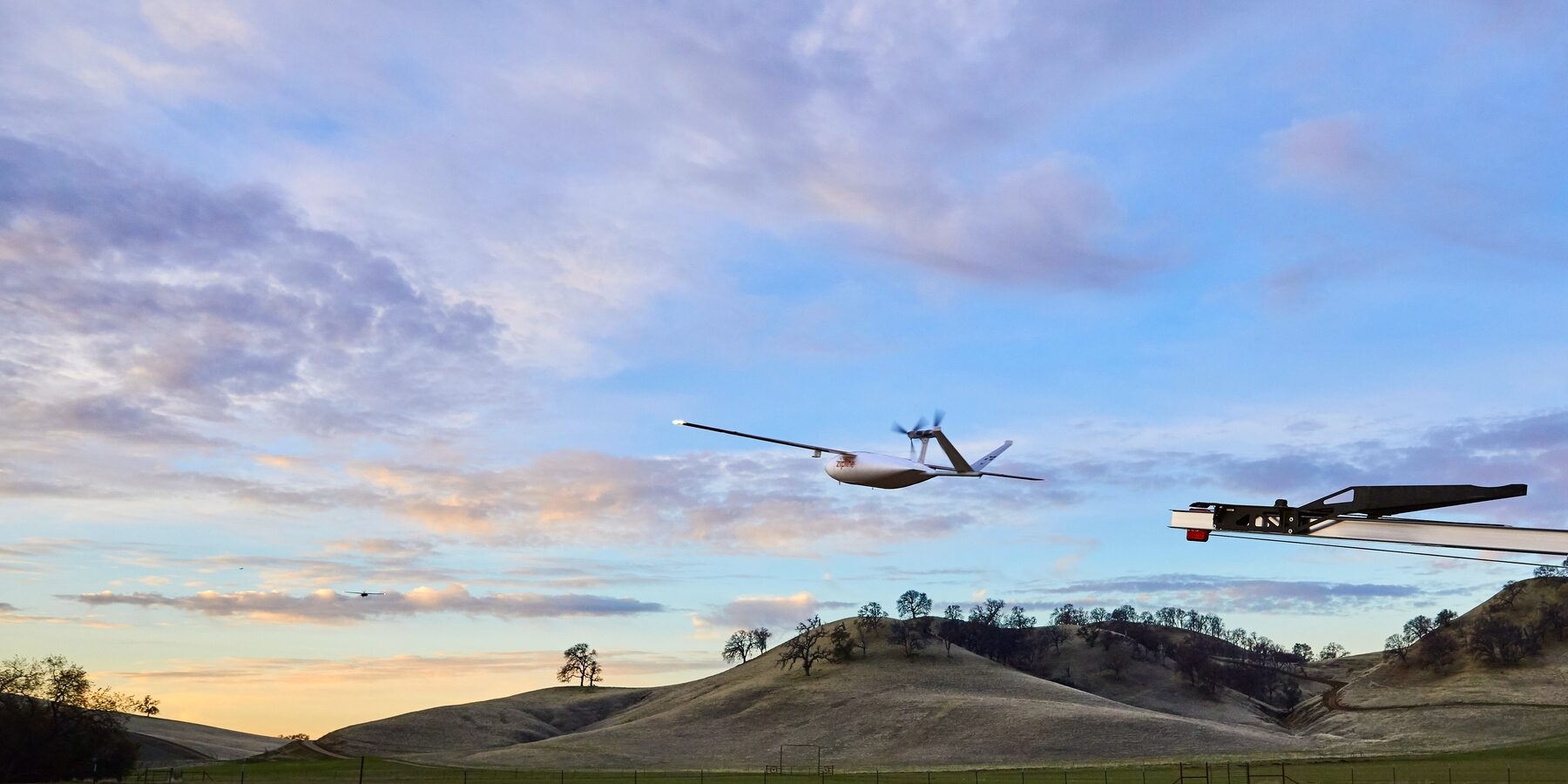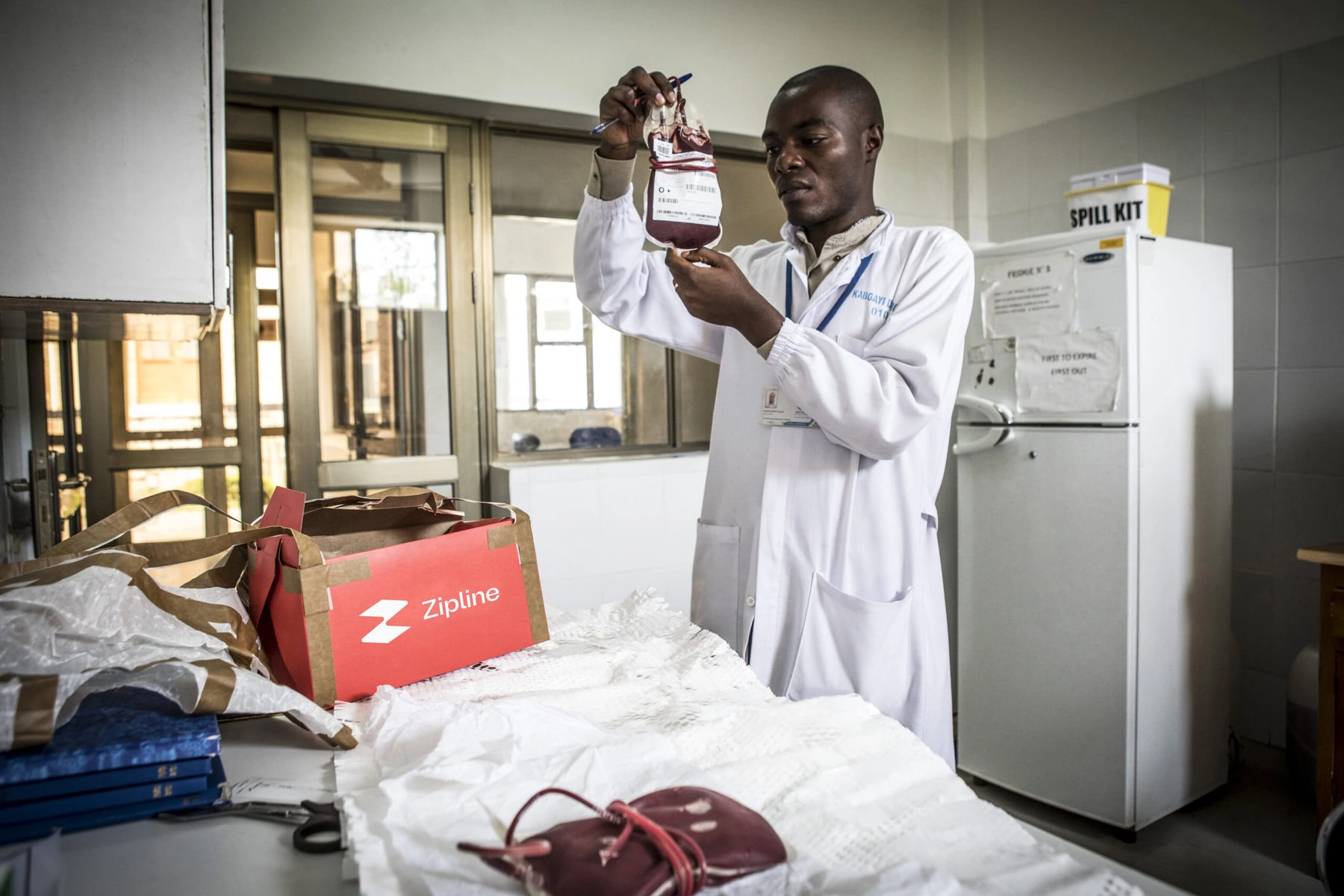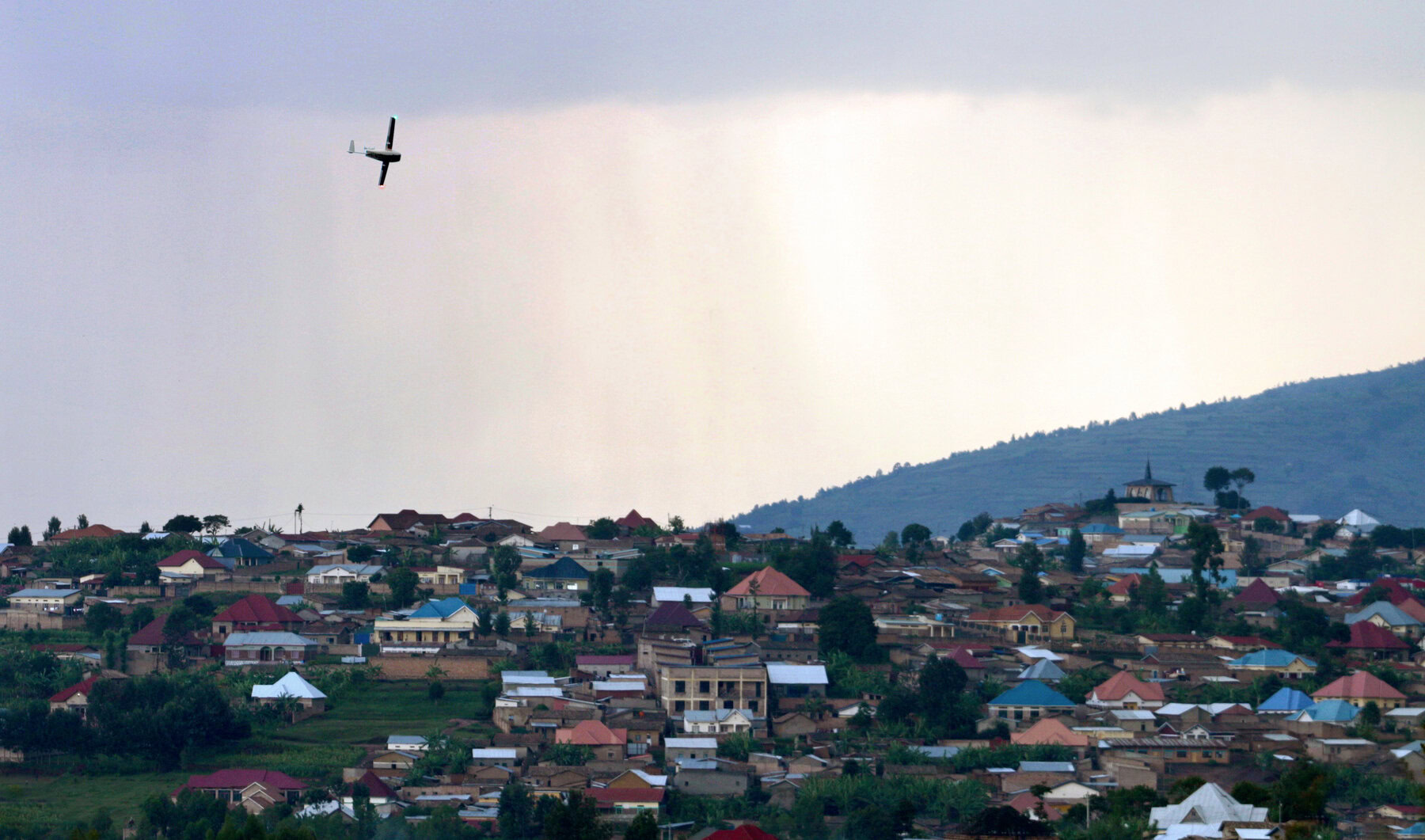Fitness
Drones Are Whizzing Lifesaving Supplies Across the ‘Last Mile’

Drones are helping to solve similar issues in remote regions around the world. Unmanned flights have brought vaccines for babies and pregnant women to a remote village in the Pacific island nation of Vanuatu. Rural communities in Uruguay are receiving medicines and breast milk. Stellat’en First Nation community members in northern British Columbia have avoided long trips to the closest pharmacy with prescription deliveries via drone. And drones are starting to be used in the US to deliver medications to people’s homes.
Rwanda, Malawi and Ghana were among the first countries to explore the potential of drones in health systems. In some African regions, unpaved or washed out roads hinder distribution of medical supplies. Weather extremes also play a role: High temperatures can impact sensitive materials, like vaccines and test samples.
“It is very hard for people to really access care,” says Edwin Ambani Ameso, a University of Leipzig researcher who has studied the impact of drones on health systems in Malawi and Ghana. Some regions, like southern Malawi, are prone to storms, “meaning that there’s this constant cutting off of people from routine care infrastructures.”

Drone companies have particularly had an impact on the delivery of emergency medical supplies that can be difficult to keep in stock because of scarcity or storage restrictions, such as supplies related to blood transfusions.
The Silicon Valley-based company Zipline started working in Rwanda in 2016 with a focus on blood products. Access to blood for transfusions is particularly important for maternal mortality. Worldwide, severe bleeding is the largest cause of death related to childbirth; in Rwanda, postpartum hemorrhaging was the cause of 22.7 percent of maternal deaths between 2009 and 2013.
Crushed by negative news?
Sign up for the Reasons to be Cheerful newsletter.
But driving between remote regions in Rwanda can take hours, so effectively managing supplies of blood products to ensure that they were on hand when needed was a challenge. Blood has a short shelf life, and the right types must be available when needed.
“It was very complex to start knowing where exactly to store which type of blood because you never know where the emergency will be coming from,” says Kayitana.


With the introduction of Zipline drones, the country’s blood inventory management system shifted from one that required regular deliveries to transfusion centers across the country to a system where medical centers could order blood to be delivered on demand. Now, Zipline drones can reach almost anywhere in the country outside of the largest city, Kigali, and the majority of deliveries take less than an hour. Since Zipline launched in Rwanda, it has made more than one million deliveries.
The technological change has had a big impact on Rwanda’s blood supplies. Health facilities are keeping less blood in stock, which means less is going to waste. University of Pennsylvania Wharton School researchers found a 40 percent decrease in wastage of red blood cells. Medical providers are also using certain difficult-to-store products more often. The use of platelets — a treatment that supports blood clotting, but which most facilities can’t keep in stock because of strict storage requirements — increased by 178 percent.
The improvements in health outcomes are concentrated in medical centers that are closer to Zipline’s two hubs, which have shorter flight times than more remote facilities. And the benefits are most prominent for postpartum hemorrhaging — researchers found no difference for in-hospital mortality related to vehicle accidents, for instance. But the system shows a lot of promise.
“Drones can significantly improve last-mile delivery for high-cost, perishable, or low-demand products prone to wastage,” writes Hummy Song, a Wharton assistant professor, in an email. “The benefits are likely to extend to other health products with similar characteristics.”
On a hot day in Malawi, temperatures can reach more than 100 degrees. When there are tuberculosis outbreaks, that makes it hard to manage test samples, which need to be kept at room temperature and processed within 48 hours.










